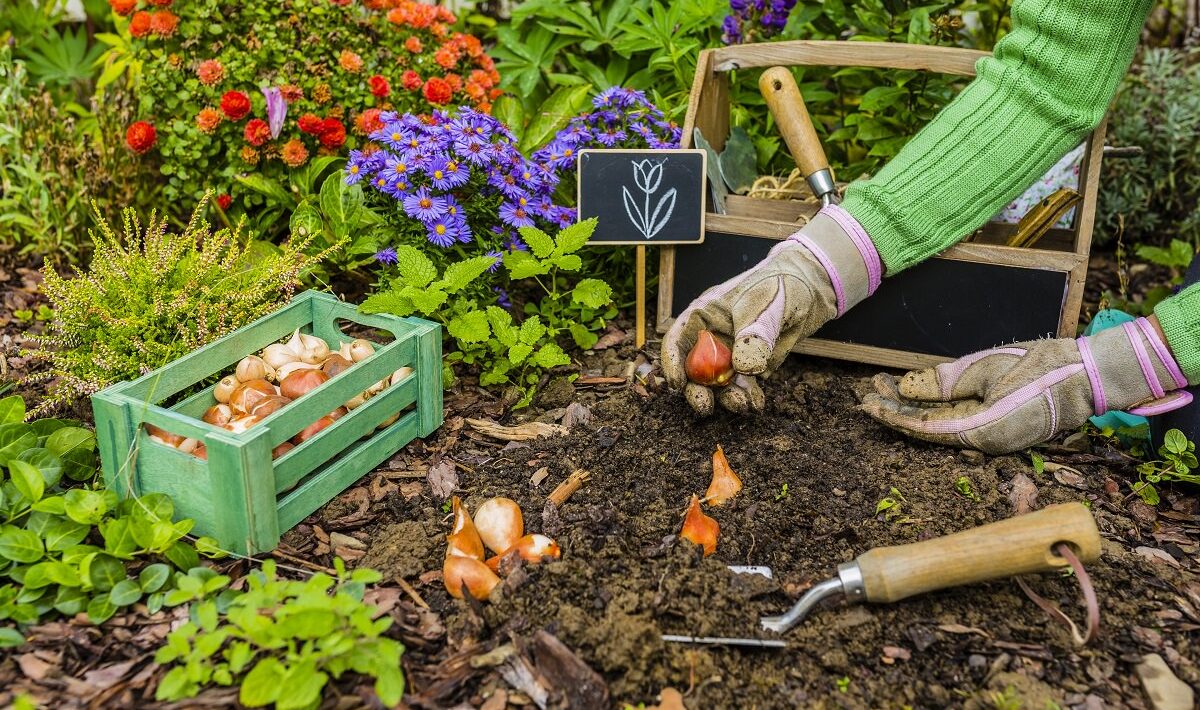Keeping up with a garden can be difficult, especially when you’re first starting out. You may think just sowing the seeds will give you the outcome you want, but all plants refer to the seasons. The trick is knowing what to plant when the next season rolls around. However, it can be difficult knowing when to plant cucumbers versus tomatoes. Moreover, how should I plant and tend to them, and where will they thrive the most? Lets know everything about Vegetable Seed Sowing.
What is Vegetable Seed Sowing?
Seed sowing is a methodical practice that morphs throughout the seasons. Whether it’s flowers, fruit, or veggies, gardening follows plants’ natural life cycles. And the seasons themselves aren’t the only thing: certain vegetables will thrive in certain areas more, be it indoors, outdoors, or alongside pollinating insects.
Overall, the core of a good sowing technique is how deep to sow for perfect germination and how much space to leave between each seed. Perfect placement of each vegetable seed is key to maximizing development, as well as effectively managing the difficult challenges of gardening up until harvest time: pest control, weeds, wildlife, and severe weather.
When To Sow
When and how is a little more complex, as each vegetable is different. Luckily, most vegetable seeds can be planted in the first half of the year and harvested in the Fall and Winter. This shouldn’t be done off the top of your head. It is important to note the span of months between sowing and harvesting for each veggie plant.
You don’t want to be confused about when to extract them, especially if they look to be mature. Thompson and Morgan, a longstanding gardening company, has a lengthy guide on when and where to sow your vegetable seeds and when to harvest. You could have a bounty of vegetables for the end-of-the-year Holidays if you desire.
Gardening Essentials
Before learning to sow, you must be aware of some materials that could aid you in your gardening journey. Starting with your soil.
Regular dirt will do, but for richer soil, pick out your mulch. Mulch is simply compost used to speed up the growth process and reduce water evaporation. It gives nutrition to your plant over time, suppresses weeds, and protects from the winter cold as well. This is especially good if you want to get a head start on planting in the Spring, but the Winter cold is still pressing in.
Vegetables in particular are supported most by wood mulch. Backgarden suggests pine, cedar, and cypress because they are formidable against the elements and creates a humid environment for plants. According to the site, whether you’re making mulch yourself or buying the wood, any natural form of these trees will do: straw, shavings, chippings, or nuggets.
But depending on the number of plants, or lack thereof, mulch can be costly. Fortunately, premade mulch isn’t necessary, and it can be made with materials around the home and yard. People use leaves, gravel, and even newspaper and cardboard as mulch alternatives.
The benefits of mulch are desirable for any gardener, but the cost-friendly approach is valid and can be just as effective as premade mulch, especially with the concern of chemical-infused mulch. Whichever way you like it, the purpose of mulch is mostly beneficial and will save you time.
How To Sow
Next, if you’re working with a small space, or maybe want to be able to maximize space by being able to relocate your seedlings, planters are an essential. Or a box, tray, or any wide container will do. It just has to hold enough soil to plant seeds deep and enough space for large produce.
Overdoing it often overwhelms beginners, so start small with only a few kinds of vegetables you’d like to eat. If you need more help with which plants to choose, contact your state’s cooperative extension service to get advice on which plants are best to grow in your area. Here are just a few common ones to consider:
Annual Vegetables
- Beets (Spring)
- Lettuce (Fall and Winter)
- Carrots (Spring)
- Potatoes (Spring)
- Cauliflower (Fall and Winter)
- Tomatoes (Summer and Spring)
- Peppers (Summer)
- Broccoli (Fall and Winter)
- Peas (Fall)
In a sunny spot, protected from harsh elements preferably, start sowing. It is impossible to name every technique for each plant, but your seed packets should have instructions on the backs. For carrots that have very small seeds, you can sprinkle them around or create a shallow funnel in your dirt and sprinkle them in a row, each row three inches apart.
And depending on which “cool-season,” (Fall and Spring) you want to harvest broccoli in, it can be either sown indoors or outdoors. Tomatoes, the most popular garden vegetable, are strictly Summer plants. They must be shielded from the cold elements at all costs; even growing them inside will result in a less impressive harvest.
One trick of agriculture is to mix in flower seeds or plant next to them for pollination. This is great for annuals, but for perennials (plants that grow once a year) like asparagus and rhubarb, you will need to plant them in a permanent place alongside perennial flowers.
Vegetables with tall stalks like corn must be angled out of the way of other plants so that the shade doesn’t affect the development of the shorter ones. You could save it for cool-season vegetables that will want the shade from taller plants as the weather heats up.
Now that you have the knowledge and materials, grab a spray mister, some gloves and boots, maybe a sunhat or bandanna, and get to work!











